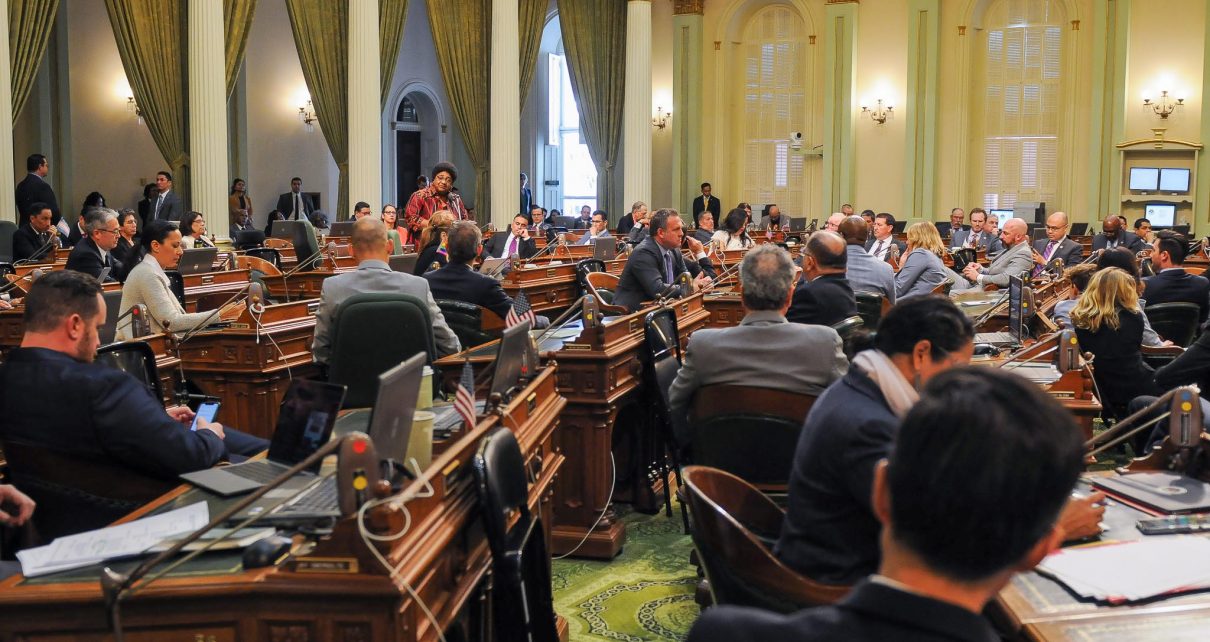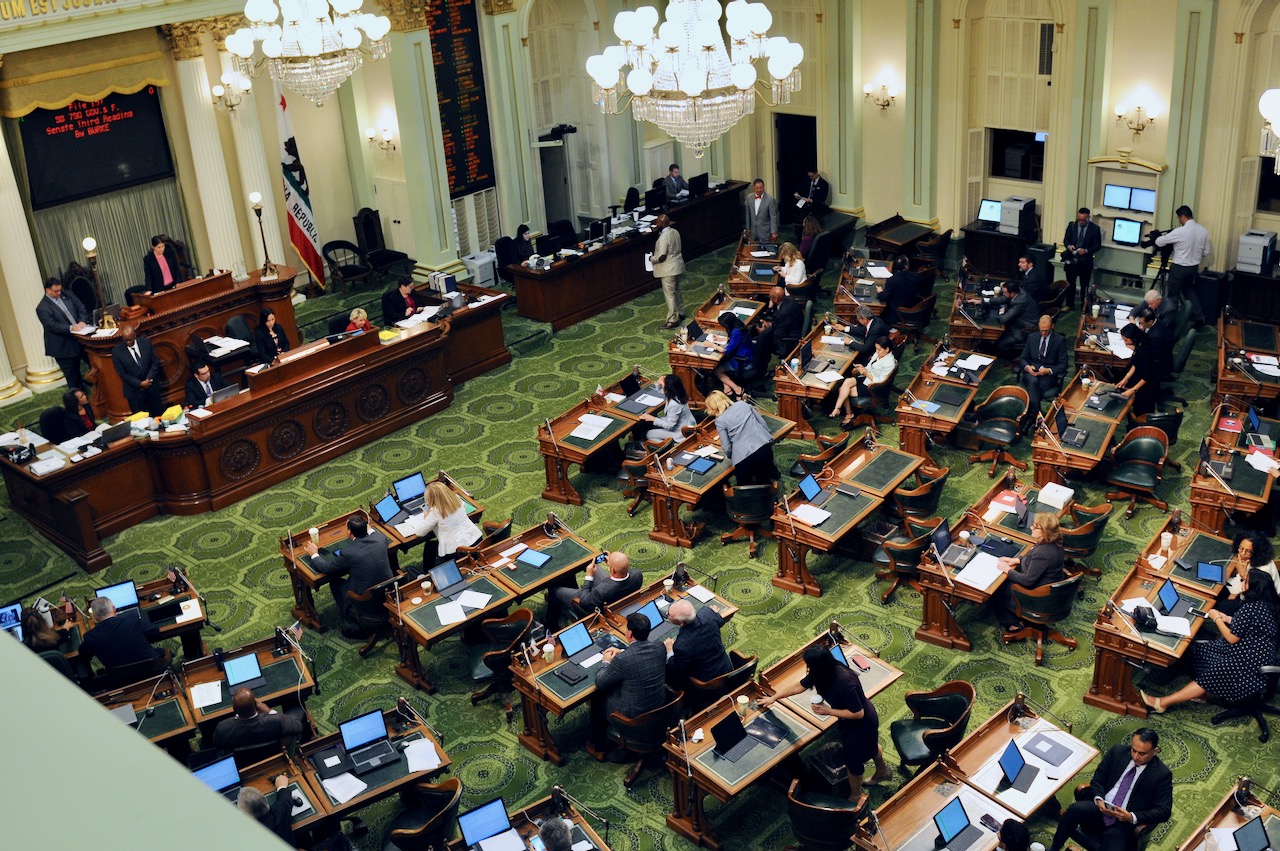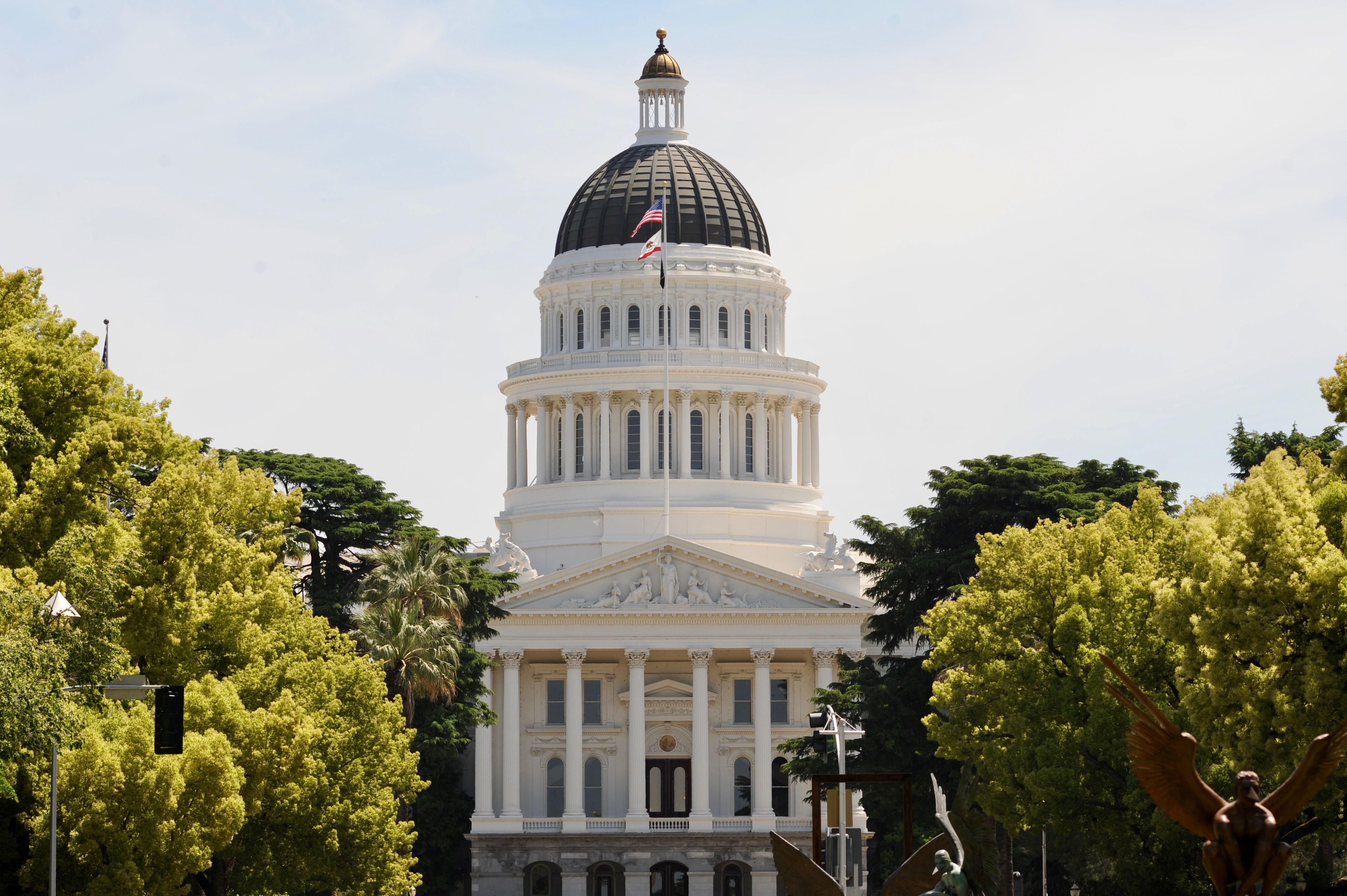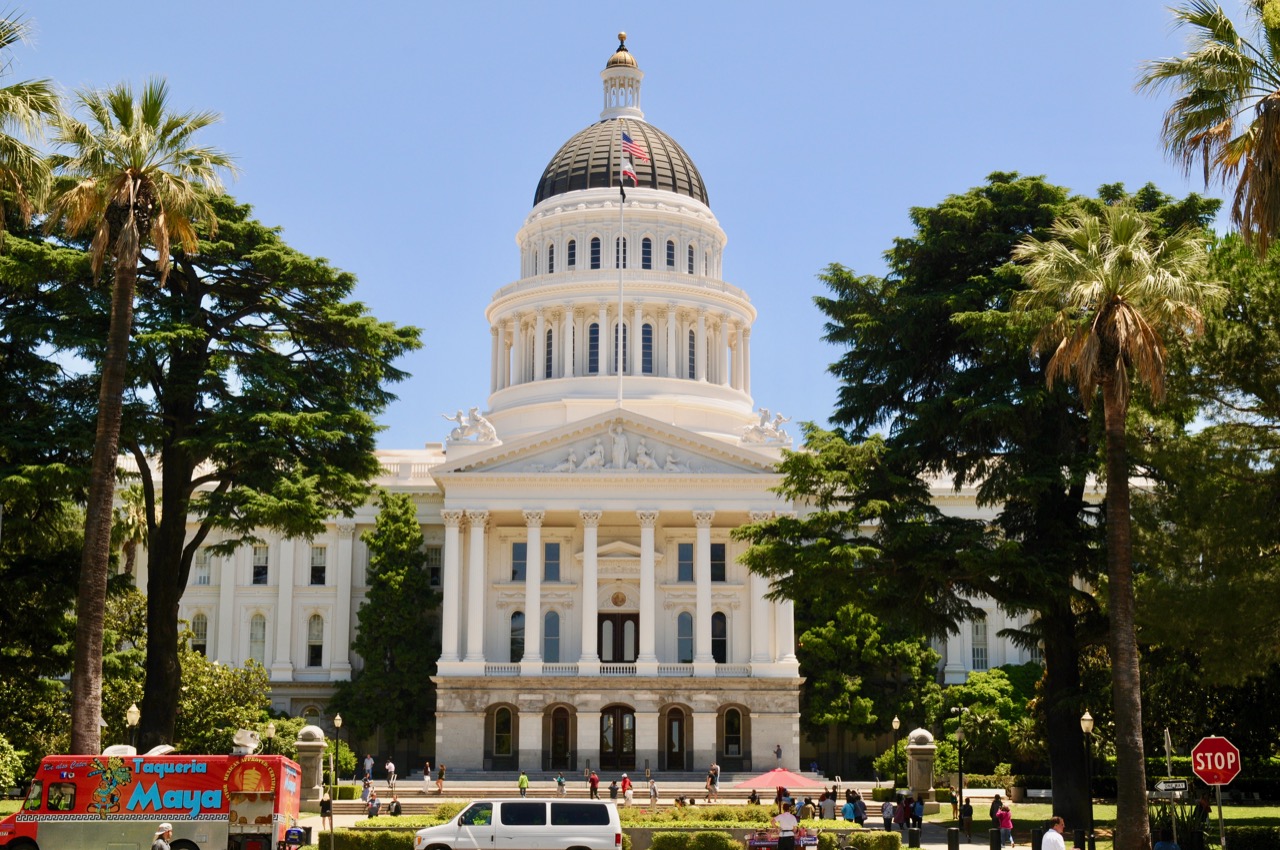
California State Assembly. (Photo: Kevin Sanders for California Globe)
Frequently Asked Questions about Motions in the California Legislature
What is the process for a motion to lay on the table in the Assembly?
By Chris Micheli, November 9, 2023 6:31 am
What is the process for a motion to adjourn in the Assembly? These motions are not debatable and may not be amended, and are always in order with certain exceptions. A motion to adjourn requires adoption by a majority vote of the Members present and voting.
What is the process for a motion to recess to a time certain in the Assembly? These motions are treated the same as a motion to adjourn, except that the motion is debatable when no business is before the Assembly, and the motion can be amended regarding the time and duration of the recess.
What is the process for a motion to lay on the table in the Assembly? These motions are not debatable and may not be amended. These motions are adopted by an affirmative recorded vote of 41 or more Members. A motion to lay an amendment on the table is adopted by a majority of the Members present and voting.
What is the process for a motion on the previous question in the Assembly? The previous question is put before the body only when demanded by five Assembly Members who have not previously spoken on the question, and its effect is to put an end to all debate and bring the Assembly to a vote.
What is the process for a motion to set a special order in the Assembly? These motions set any matter before the Assembly as a special order of business and are adopted by an affirmative recorded vote of 54 or more Members. The motion is debatable only as to the propriety of setting the main question as a special order of business, and may be amended only as to the time of the special order.
What is the process for a motion to postpone indefinitely in the Assembly? These motions open the main question to debate. If the motion to postpone indefinitely prevails by an affirmative recorded vote of 41 or more Members, the main question may not be acted upon again during the session.
What is the process for a motion to amend in the Assembly? These motions are deemed to be a motion to amend and they are considered the same as an amendment. Any motion to amend may be adopted by a majority vote of the Members present and voting.
What is the process for considering motions in the Assembly? Whether a motion is in writing or made orally, these motions may not be adopted until they are seconded and distinctly stated to the Assembly by the Speaker.
What is the process for considering written motions in the Assembly? Upon request of the Speaker, all motions are required to be reduced to writing and be read to the Assembly by the Speaker before being acted upon.
What is the process for a motion to withdraw or re-refer bills in the Assembly? Motions to withdraw a bill or resolution from committee, or to re-refer a bill or resolution from one committee to another committee, may be made during the regular order of business. A motion to re-refer may be debated only as to the propriety of the reference, and requires an affirmative recorded vote of 41 or more Members.
What is the process to re-refer measures on file in the Assembly? Motions to re-refer a bill or resolution that is on the Daily File to a standing committee may be made during the regular order of business. The motion is debatable only as to the propriety of that reference and requires an affirmative recorded vote of 41 or more Members.
What is the process for a motion to strike a bill from the Daily File in the Assembly? A motion to strike from the File any bill or resolution requires an affirmative recorded vote of 41 or more Members. That bill or resolution may not be acted upon again during the session.
What is the process for a motion to rescind an action or expunge the record in the Assembly? Previous to the approval of the Daily Journal by the Assembly, any action may be rescinded and its record ordered expunged by the affirmative recorded vote sufficient to take that action originally, except that an action may not be rescinded and the record expunged by a vote less than an affirmative recorded vote of 41 or more Members. A motion to rescind the action and expunge the record may not be made twice on the same measure.
What is the process for a motion to reconsider a vote in the Assembly? A motion to reconsider a vote on the next legislative day must be made on the same day the vote to be reconsidered was taken. A motion to reconsider may not be adopted unless it receives an affirmative recorded vote of 41 or more Members. A motion to reconsider may be voted on without a second.
What is the process to strike a measure from the Daily File in the Senate? A motion to strike any bill, resolution, or other question from the File requires 21 votes. That bill, resolution, or other question may not be acted upon again during the session.
What is the process for making statements on a motion in the Senate? A motion may not be debated until it is distinctly announced by the Presiding Officer, and it must be in writing if desired by any Senator, and read by the Secretary, before it is debated.
What is the process for a motion to lay on the table in the Senate? When an amendment proposed to any pending measure is laid on the table, it may not be considered as part of the measure.
What is the process for dividing a question in the Senate? If a question in debate contains more than one distinct proposition, any Senator may have that question divided.
What is the process for moving the previous question in the Senate? The previous question must be put in the following form: “Shall the question be now put?” It requires a majority vote of the Senators present, and its effect is to put an end to all the debate.
What is the process for reconsideration in the Senate? On the day on which a vote has been taken on any question, a motion to reconsider the vote may be made by any Member. Reconsideration may be granted only once. The motion may be considered on the day made or on the succeeding legislative day, but may not be further postponed without the concurrence of 30 Members.
- Enforcement of Labor Commissioner Judgments - December 6, 2025
- Effect of Emancipation - December 6, 2025
- Harbor Commissions in California - December 5, 2025




